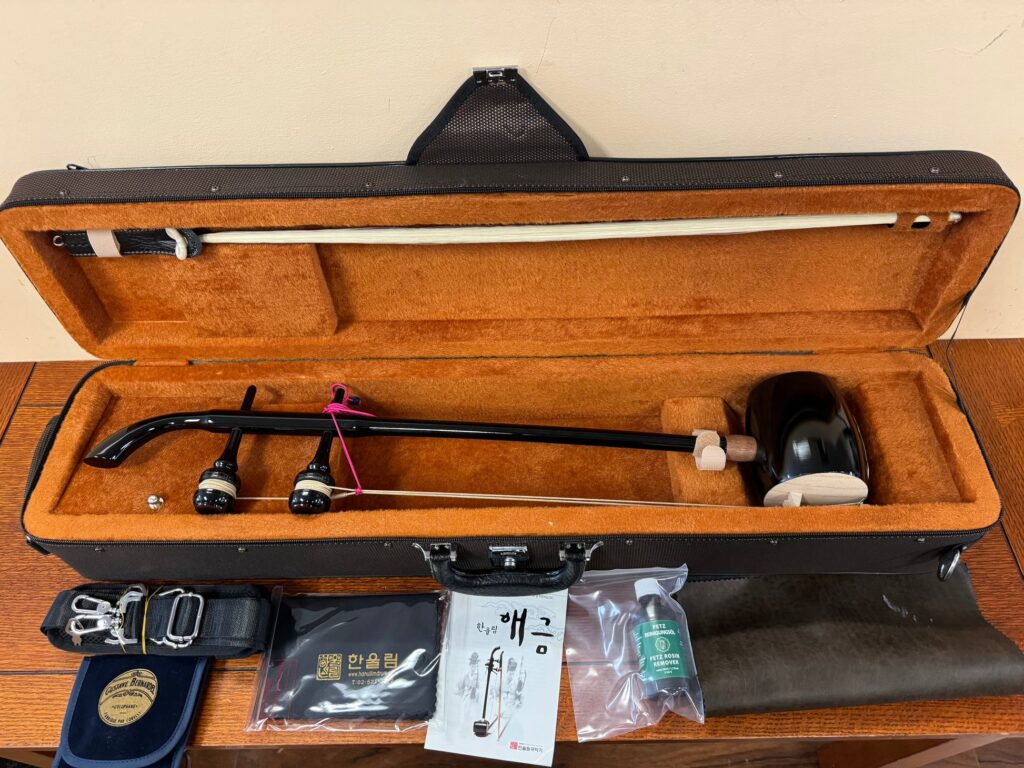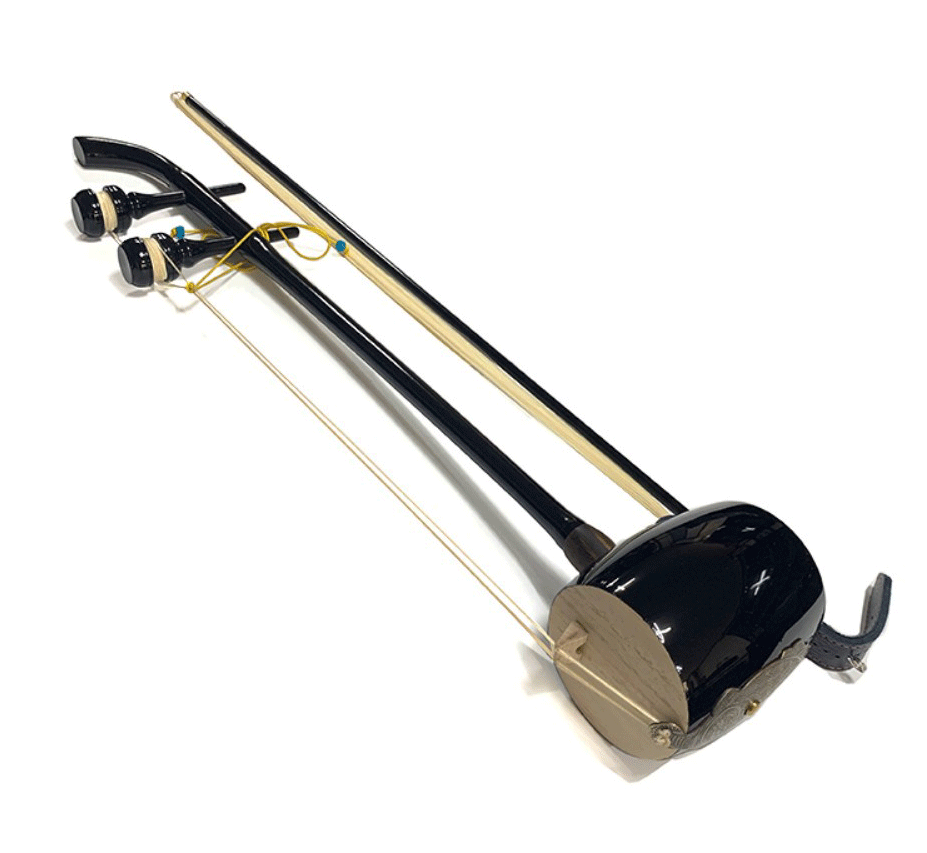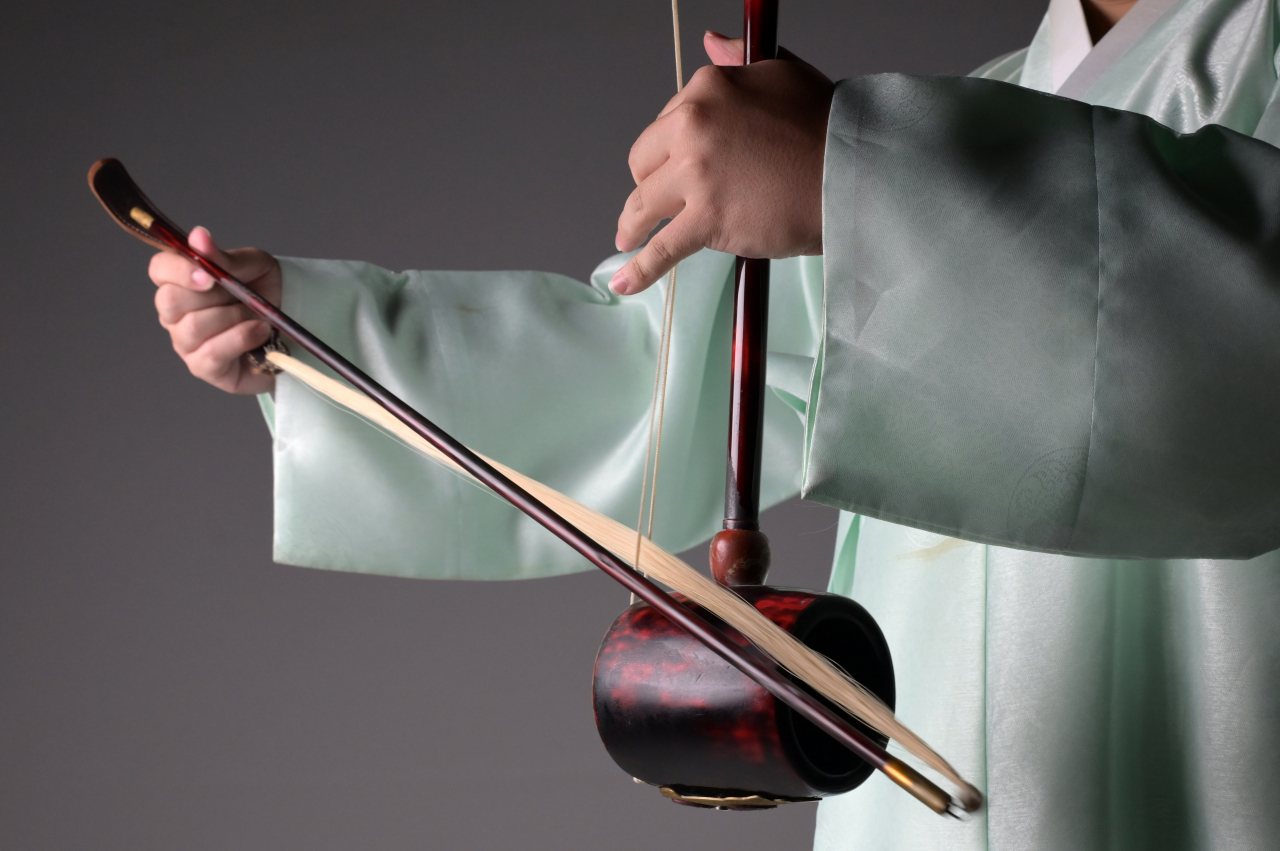The haegeum is a traditional Korean musical instrument that has been played for centuries. It is a two-stringed instrument, similar to a violin or fiddle, but with its own unique features and sound. The haegeum is played by using a bow to create vibrations on its strings, and it is known for its rich, expressive tones. It is used in various forms of Korean music, from folk to classical, and even in modern performances today.
The instrument is typically made of wood, with a body that resembles a small box and two strings stretched across it. The bow is traditionally made with horsehair, and the player holds the haegeum in a vertical position while drawing the bow across the strings. The sound produced by the haegeum is very distinct, often described as both haunting and beautiful. This unique sound makes the haegeum an essential part of Korean music culture.
The History of the Haegeum in Korean Music
The haegeum has a long history in Korean music, dating back over a thousand years. It is believed to have been introduced during the Goryeo Dynasty, around the 10th century. Over the centuries, the haegeum has evolved in terms of shape, size, and the technique used to play it. Despite these changes, it has remained a symbol of Korean traditional music and continues to be a favorite instrument in Korean orchestras and folk bands.
The haegeum is particularly important in Korean court music, where it was used to perform sacred and ceremonial music. It is also commonly heard in pansori, a traditional Korean form of storytelling music, and in gugak, which is a genre that includes classical Korean music. Its ability to express deep emotion through its sound makes it an ideal instrument for conveying the complex themes of Korean music.

How the Haegeum Is Played: Techniques and Skills
Playing the haegeum requires skill and practice. Musicians use a bow to create vibrations on the two strings, much like how a violin is played. However, unlike the violin, the haegeum is held vertically, with the player’s left hand pressing the strings while the right hand controls the bow. This setup creates a different kind of sound, which is sharper and more piercing than other stringed instruments.
One of the unique aspects of playing the haegeum is the way the sound can change based on the player’s technique. Musicians can control the pitch, volume, and tone by adjusting the speed and pressure of the bow. With experience, haegeum players can evoke a wide range of emotions, from joy and celebration to sadness and longing. It is this versatility that makes the haegeum such an important instrument in Korean music.
The Haegeum in Modern Music and Pop Culture
While the haegeum has deep roots in traditional Korean music, it has also found a place in modern genres. In recent years, musicians have incorporated the haegeum into contemporary music, blending its distinct sound with various styles, such as pop and jazz. This fusion has helped introduce the haegeum to younger audiences and has kept the instrument relevant in today’s musical world.
In addition to its role in modern music, the haegeum has also appeared in films, television shows, and stage performances. Its unique sound is often used to evoke a sense of nostalgia or to create an emotional atmosphere. The instrument’s presence in popular media has made it a symbol of Korean culture, allowing it to maintain its importance in both traditional and modern settings.
The Role of the Haegeum in Korean Festivals and Performances
The haegeum plays an important role in many traditional Korean festivals and performances. During these events, the instrument is often featured in both formal concerts and informal street performances. Its beautiful sound adds to the festive atmosphere and helps to convey the spirit of Korean culture.
One of the most notable uses of the haegeum in festivals is during the Korean New Year celebrations, where it is often played alongside other traditional instruments. The combination of the haegeum’s sound with other instruments, such as the gayageum (a traditional stringed instrument) and janggu (a drum), creates a harmonious blend of music that reflects the joy and hope of the new year.

Why the Haegeum Is an Essential Part of Korean Culture
The haegeum is not just an instrument; it is a symbol of Korean history and culture. Its ability to express a wide range of emotions, from sorrow to joy, makes it an important tool for conveying stories through music. Throughout its history, the haegeum has remained a beloved instrument in Korea, and its sound continues to inspire musicians and listeners alike.
Whether in a traditional performance or a modern fusion song, the haegeum continues to be an essential part of Korean music culture. Its unique sound connects people to Korea’s rich musical heritage and serves as a reminder of the country’s artistic achievements.
Conclusion: Embracing the Beauty of the Haegeum
In conclusion, the haegeum is much more than just a musical instrument. It is a piece of Korean history that continues to inspire and evoke emotions through its unique sound. From its traditional roots to its place in modern music, the haegeum remains a beloved symbol of Korea’s rich cultural heritage. By understanding its history and how it is played, you can better appreciate the beauty and significance of this remarkable instrument.
FAQs About the Haegeum:
Q: What is the haegeum made of?
A: The haegeum is typically made from wood and features two strings stretched across its body. The bow is traditionally made from horsehair.
Q: How do you play the haegeum?
A: The haegeum is played with a bow, which is drawn across the two strings while the instrument is held vertically. The player’s left hand presses the strings to create different pitches, while the right hand controls the bow.
Q: What kind of music is the haegeum used in?
A: The haegeum is used in various types of Korean music, including traditional court music, folk music, and modern fusion genres.
Q: Can the haegeum be played in modern music?
A: Yes, the haegeum has been incorporated into modern music, including pop and jazz, where it is blended with other instruments to create unique and emotional sounds.
read more: K-12 discount Nature magazine subscription





Leave a Reply